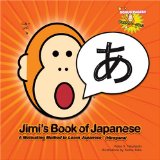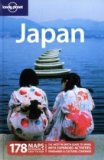Transportation - JAPAN
 |
How to get around
- By Air
- Air Lines in Japan
- By Land
- Trains
- Japan Rail Pass
- Local Trains and Subways
- Buses
- Highway buses
- Local and short-distance buses
- Subway Map
How to get to Japan
Most people fly to/from Tokyo, Narita International Airport, although Kansai International Airport in Osaka should be considered another main gateway to Japan.There are, of course, some other international airports in Japan.
It is also possible to get to Japan by sea from South Korea, China, Russia and Taiwan.
How to get around
Its railway network alone enables travelers to go anywhere in Japan. Punctuality is the rule and trains roll up to platforms on time to the second. Note that trains in cities during the rush hour (from about 7am to 9am) can be extremely overcrowded!! Don’t plan to travel with your big baggage during the time in the big cities!!Buses and taxis travel everywhere in town. Subways in large cities, such as Tokyo, Osaka and Nagoya, also enable travelers to go anywhere in the cities.
Ferries and boats connect Tokyo, Osaka and Kobe to Kyushu and Hokkaido.
All Nippon Airways and Japan Airlines are two major carriers. Shinkansen (bullet trains) are slightly cheaper than airplanes and often faster. Shinkansen can get right into city centers, while airports are in inconvenient places.
If you have a Japan Rail Pass, you can take any fast trains and local trains of JR lines and it’s MUCH cheaper than flying.
What you need in Japan and before/after in Japan
 |
 |
 |
 |
 |
 |
Find more...
